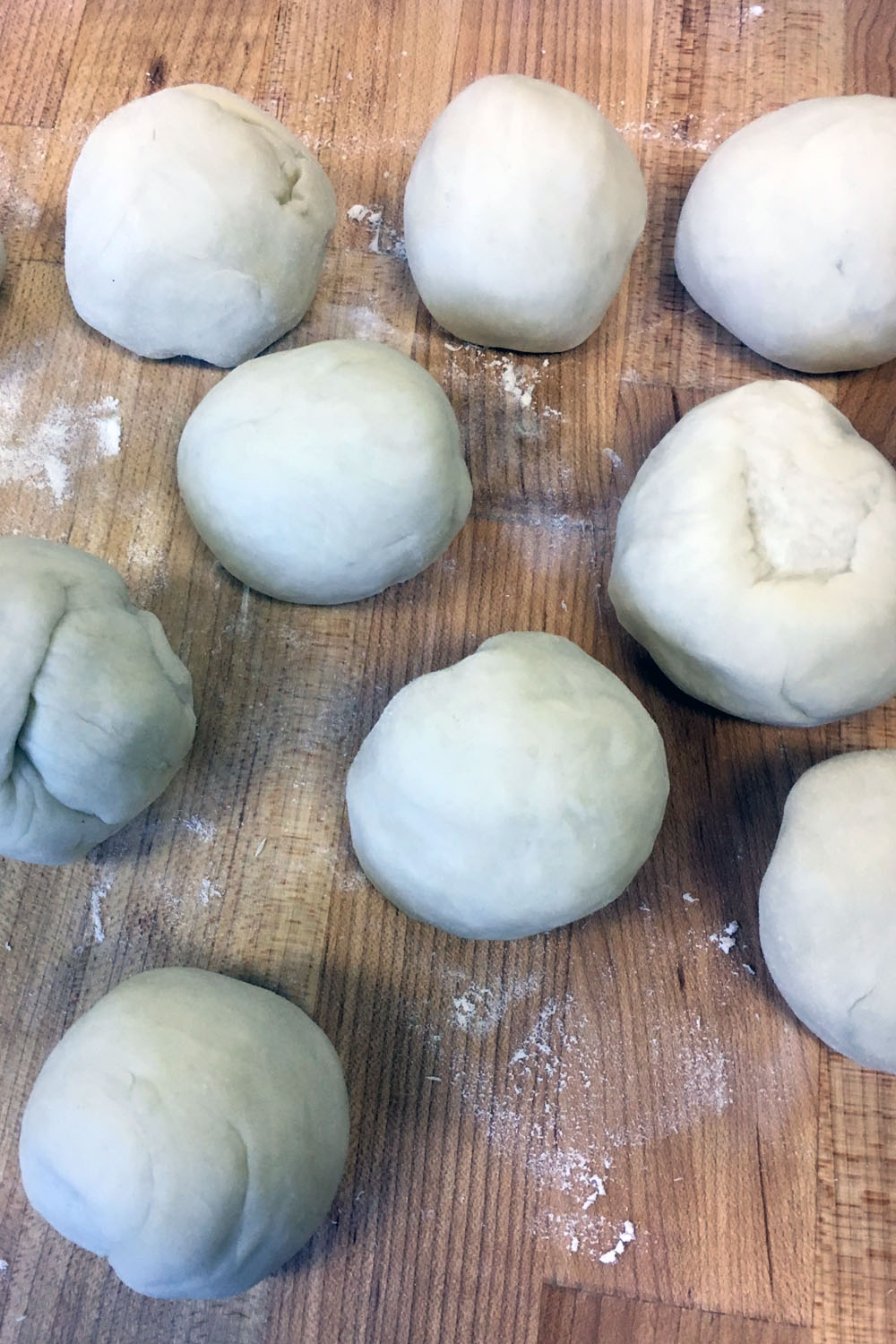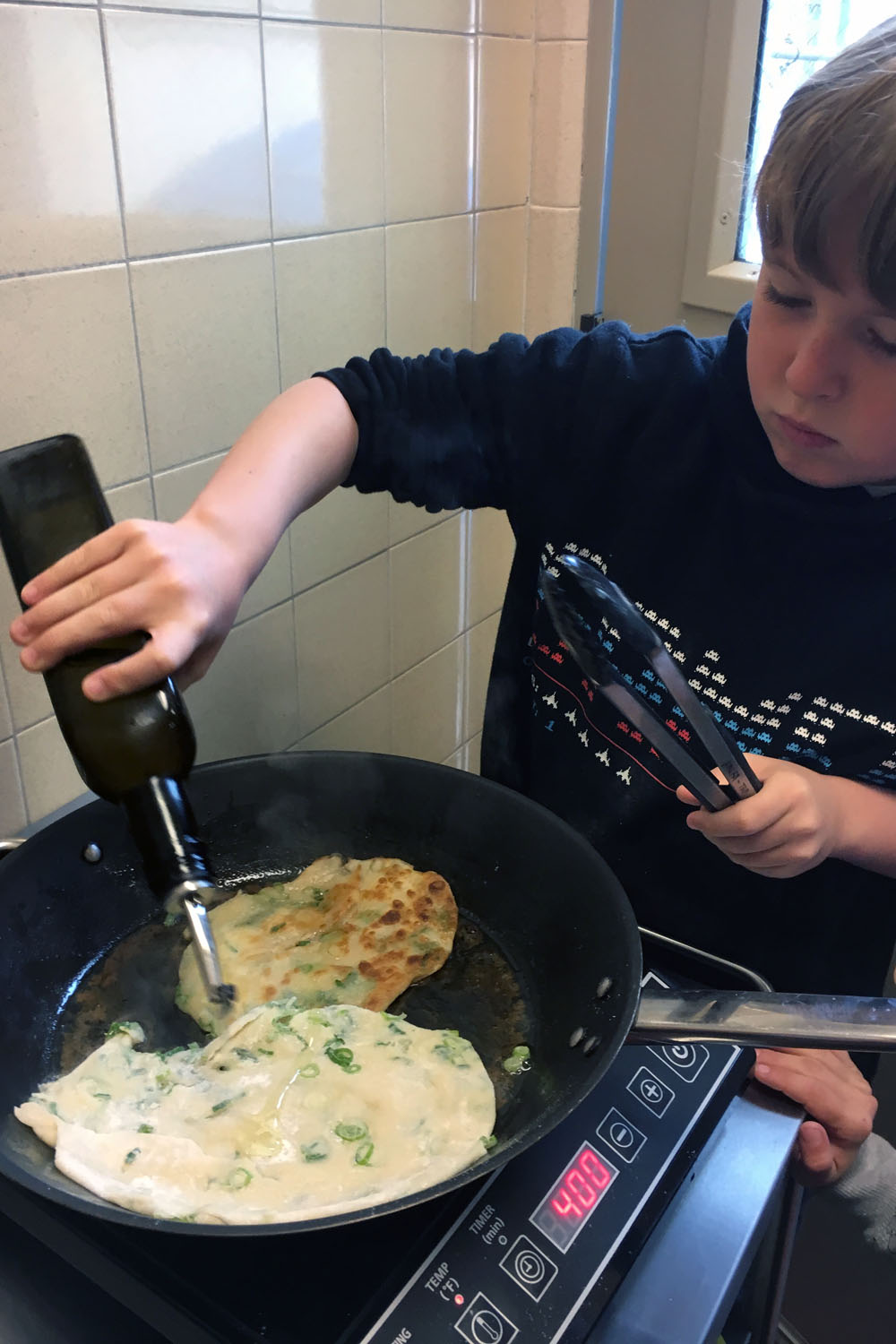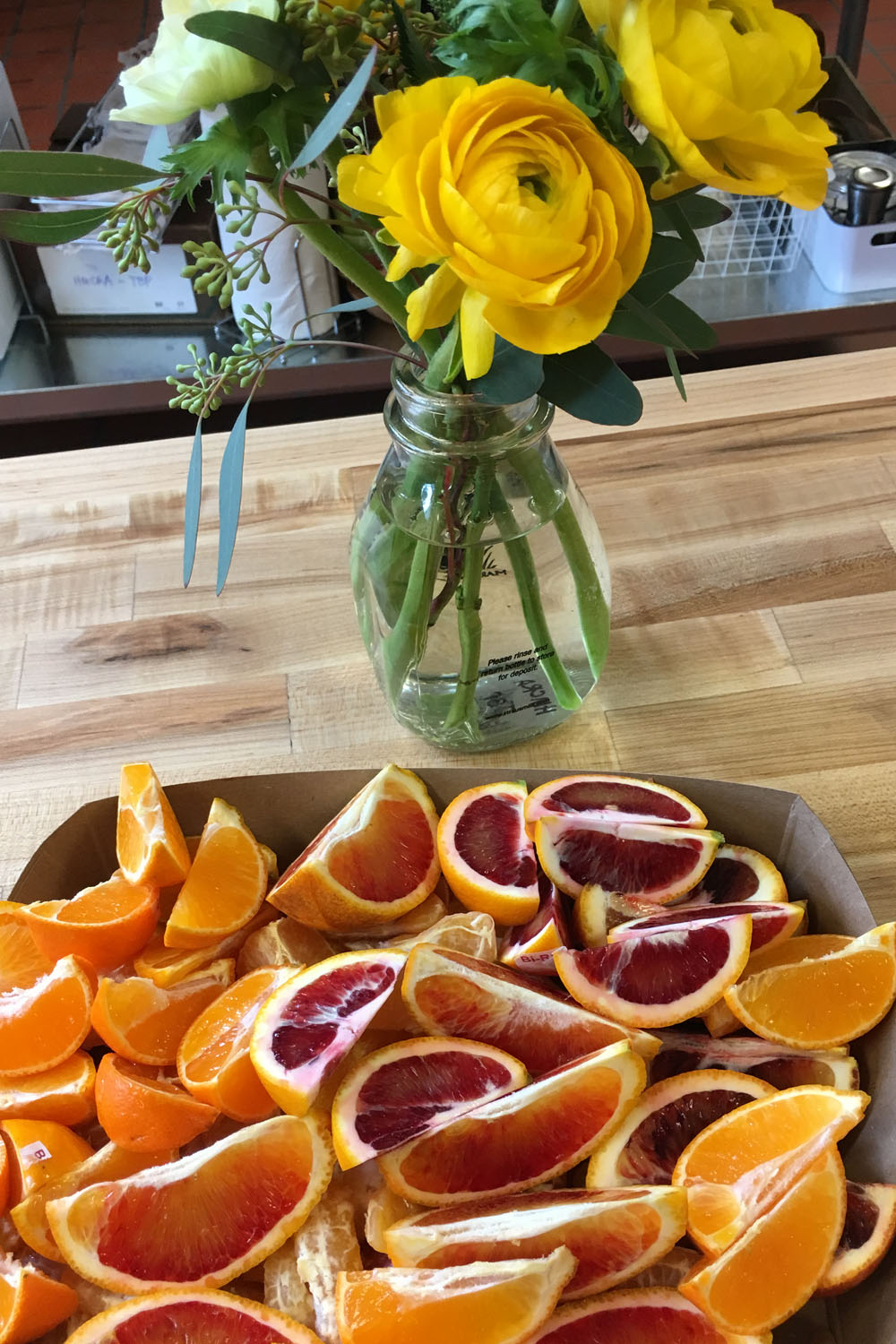Making arepas, a versatile corn cake from South America, is a great activity to do with kids. The dough is simple, but sticky, which adds a little challenge, and everyone gets to form a cake by hand! Some of our youngest chefs really proved their skills this week, managing the frying and flipping of the arepas on their own.
We welcomed second-grade teacher Ms. Butler and our social worker Ms. Natasha as our special guests and had a lot of leftovers that we got to send all over the school to show our appreciation for the amazing students and staff at Harvey Milk.
We used a 1/4-cup measure so every student had a chance to practice accurately measuring out the maize meal.
Next, we added in warm water and whisked away the lumps.
After the dough rested, we used our hands to form the arepas.
We got really good at maximizing the pan space.
Totally self sufficient!
Our accompaniments included handmade butter, black beans, garnet yams, avocado, and pickled onions.
We brought back Loteria from the second week of class while we waited for the arepas to finish cooking.












































































